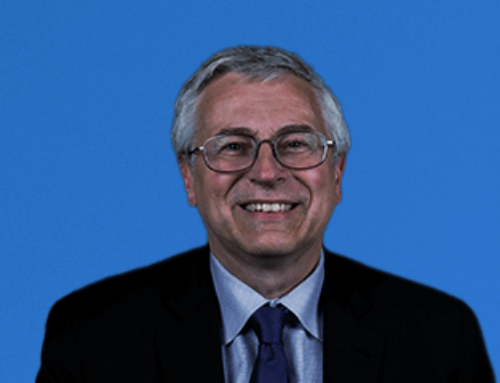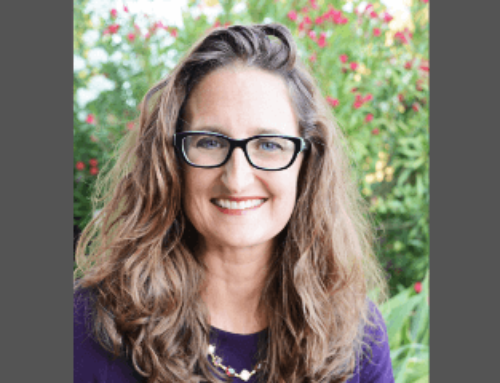 Following is an excerpt from AASM President Dr. Nathaniel Watson’s address to the membership at the AASM General Membership Meeting on Monday, June 8, at SLEEP 2015 in Seattle.
Following is an excerpt from AASM President Dr. Nathaniel Watson’s address to the membership at the AASM General Membership Meeting on Monday, June 8, at SLEEP 2015 in Seattle.
It’s often said that, “timing is everything,” and I’m grateful to have the fortuitous timing to begin my term as President when the SLEEP meeting is being held right here in my own backyard in Seattle. Good timing also has allowed me to take office in the midst of a significant year during which the Academy is celebrating its 40th anniversary. Across four decades, from 1975 to 2015, the field of sleep medicine was built and established by the Academy through the tireless efforts of our outstanding leaders, dedicated volunteers, and loyal members, many of whom are in the audience right now. They have given us a solid foundation for our future.
However, the U.S. health care system has changed dramatically since 1975, and all of us are well aware of the significant changes that have occurred just in the last 10 years. Despite these changes, our foundation remains strong. But it is essential for us to build on this foundation by reconfiguring sleep medicine for a new era of patient-centered, value-based care. With that in mind, I’d like to outline some of the professional priorities that demand our attention as we continue building the future of sleep medicine together in the year ahead.
First among our professional priorities is the need to address the long-term sustainability of the sleep medicine workforce. Currently we have a pool of just under 5,700 ABMS-certified sleep medicine specialists. Although our field has grown over the past four decades, we simply don’t have the numbers to provide the quality care needed today by an estimated 70 million adults with a sleeping problem, 60 percent of whom have a sleep disease such as obstructive sleep apnea, chronic insomnia, narcolepsy, or restless legs syndrome. Being able to meet this demand for sleep medicine care would require at least a doubling of the sleep medicine workforce.
However, current indicators suggest that our field is at risk of shrinking, rather than growing. Although we celebrate our 40-year heritage this year, the Academy’s longevity is also an indicator that our field is aging. Our founders and pioneers are retiring, and more than 50 percent of the Academy’s physician and PhD members are 50 years of age or older. This challenge is not unique to sleep medicine. The entire physician workforce is growing older, which reflects the aging of the overall U.S. population.
Thankfully, we have a new crop of bright, talented young physicians who are entering the field through the current roster of 83 fellowship training programs in sleep medicine. These programs filled 94 fellowships in the most recent match. These young physicians represent the future of our field and the next generation of Academy leaders.
However, at current levels, the annual number of new sleep physicians is insufficient to replace the growing number of veteran sleep specialists who are retiring and leaving the field. Therefore, our field faces the daunting reality that the number of practicing board certified sleep medicine physicians will decline in the years ahead.
The Board of Directors is well aware of this challenge, and our discussions to determine the best path forward will deepen at our next meeting in July. These decisions will build on the work achieved under the leadership of my predecessors Dr. Badr and Dr. Morgenthaler, who helped us look to the future of sleep medicine by defining a new sleep care paradigm and establishing measures of quality care in sleep medicine. Now we get to work on Part 2, which is to focus on building the sleep medicine workforce to ensure patient access to quality sleep care.
Read the complete report of the president from Dr. Nathaniel Watson presented during SLEEP 2015.






